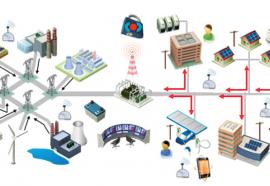Surprising Energy Requirements of the Cannabis Industry
Part II: Problems and Potential Solutions
U.S. cannabis industry is experiencing explosive growth. The industry is extremely energy-intensive and is already placing strains on some individual utilities and local grids. Here we discuss the implications for utilities and PUCs and explore potential solutions.









